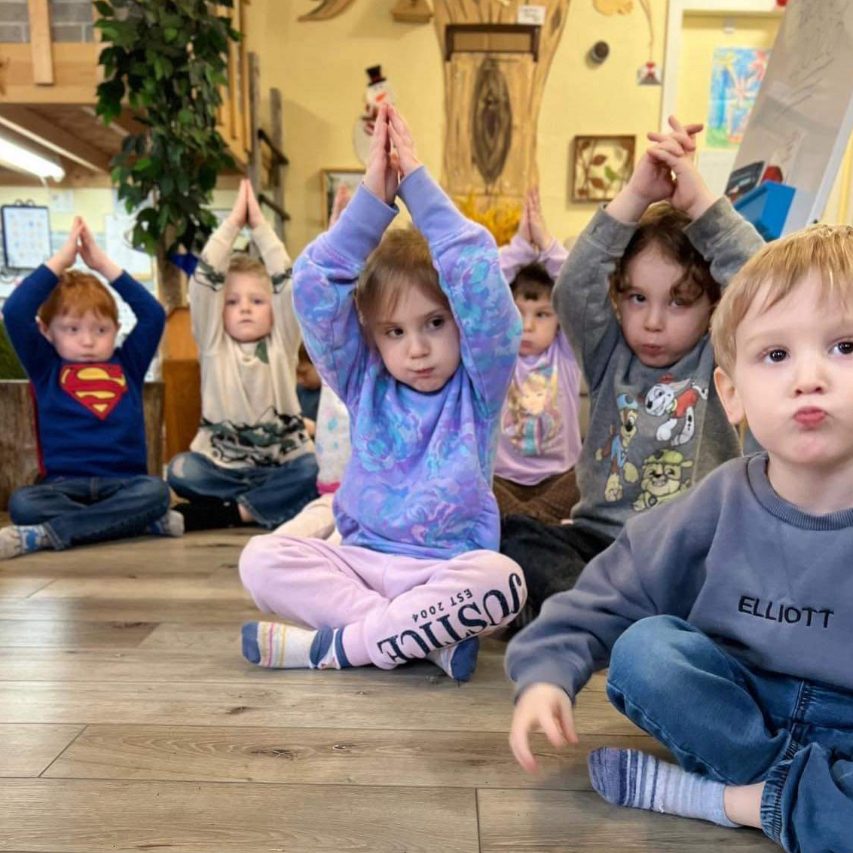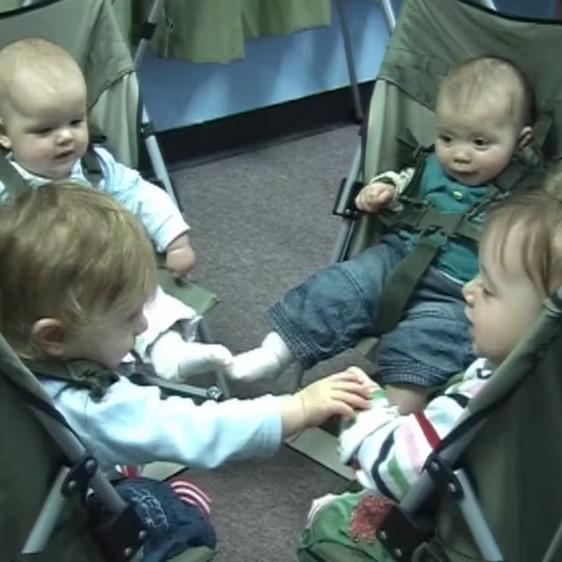There is much information about the importance of teaching empathy and having a feelings-aware environment in early childhood spaces. It is simply good for children; good for relationships; good for growth; and good for the adults that are supporting and guiding the learning.
As Brene Brown shares in her book Atlas of the Heart: Mapping Meaningful Connection and the Language of Human Experience:
“Our connection with others can only be as deep as our connection with ourselves. If I don’t know and understand who I am and what I need, want, and believe, I can’t share myself with you.”
What Brown does here is both uncover and shine light on the importance of having access to our feelings so that we can share, and so that we can communicate with ourselves and take that knowledge and those feeling words and bring them out into the world. In general, we lack the depth of words to accurately describe our feelings. This essentially limits how we can share ourselves and connect to others with depth and deeper understanding. Until recently, and because of research and work like Brown’s, we may not have known how stifled we actually are. That we have mostly been living in a feelings-shallow environment. But now we know. And we can do better.
Now let’s move into a different, yet related field of study—that of Mirror Neurons. Spindle Cells. Oscillators. The parts of the brain that fire up when we are in social situations, when we are interacting with other humans.
According to a 2019 Harvard Business Review article “Social Intelligence and the Biology of Leadership” by Daniel Goleman and Richard Boyatzis, studies of the brain show that leaders can improve group performance by understanding the biology of empathy (the ability to understand and share the thoughts and feelings of another person.)
Goldman and Boyatzis have been studying the brain within a particular field called social neuroscience. It is the field of study that examines what happensinside the brain while people interact.
And it shows us interesting truths about something rather unexpected. About what makes a strong leader.
This is where mirror neurons come into play. Mirror neurons fire up when we consciously or unconsciously detect someone else’s emotions through their actions. And according to how the brain works, “collectively these neurons create an instant sense of a shared experience.”
And this is also where spindle cells enter the scene. Spindle cells are responsible for sending information about how we feel about a person. Spindle cells are four times the size of other brain cells and have an extra long branch to quickly transmute thoughts and feelings. Our emotions, beliefs and judgments form to create our social guidance system.
The real gem here is that certain things that leaders do, specifically exhibiting empathy and becoming attuned to others’ moods “literally affect both their own (the leader’s) brain chemistry… and that of their followers.” This means that both leaders and employees’ brains can mimic and mirror each other, forming a sort-of symbiotic space. There are some hard metrics that demonstrate that when a leader is able to attune and attend to the needs of their group, they have the power to influence their team’s (and their own brain pathways in powerful, and now measurable, ways. With the now established ways of being able to scientifically measure human development, we are able to capture how these skills of empathy and human understanding can transfer to effective, compassionate leadership.
Empathy can be practiced, so it makes new pathways in the brain. This makes stronger, more attuned, more positively influential leaders and teams.
While fascinating, you may be wondering what this has to do with our youngest learners. Or even education for that matter. While Brown and Goldman and Boyatzisand’s work isn’t related specifically to the field of early childhood, it isn’t a drastic leap to consider that the caretakers of children are those very leaders as well. Let’s combine the ideas we just read about- take what we now know about the inner workings of the brain, how humans interact with each other, and how effective leadership can form and commit to stating that these ideas are immensely important for the field of early childhood.
Because those who work with children and their families lead and interact with children everyday. We are the leaders of children. Leaders of families.
Find Part 2 HERE
Kate Mitchell Alfonzo is a mother of three, a teacher, consultant and coach who loves to explore topics of teaching and learning. Whenever she can, she tries to take time to pause, ask questions and really listen.


